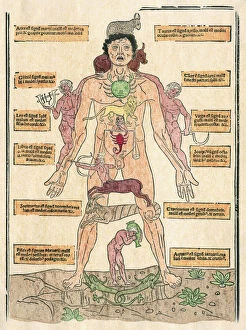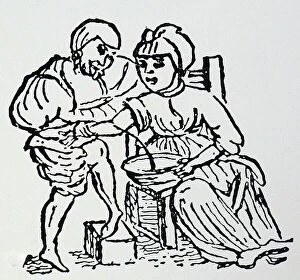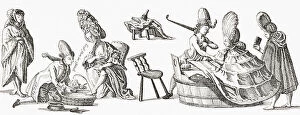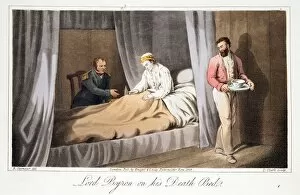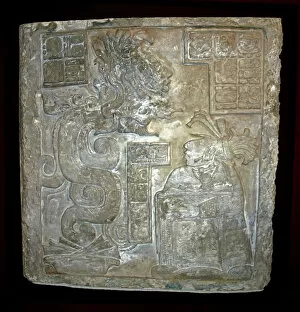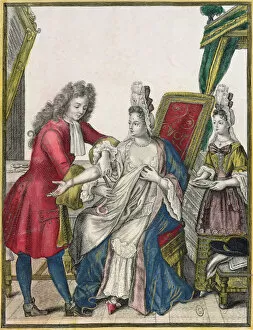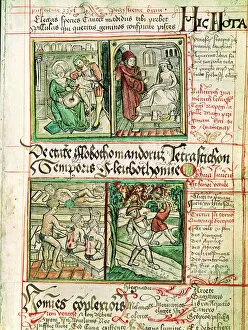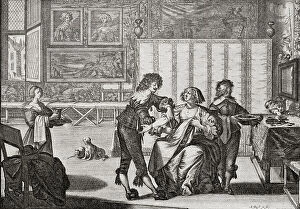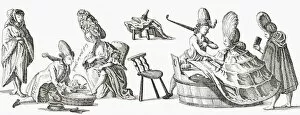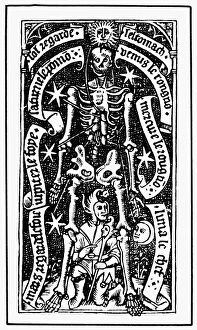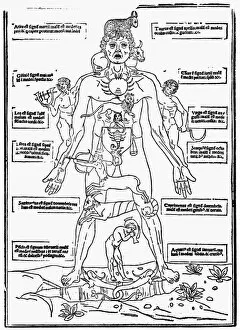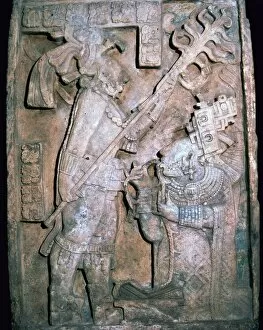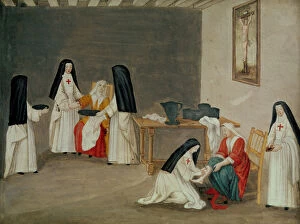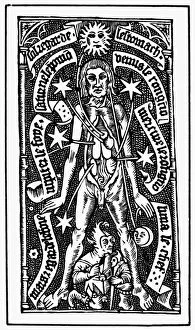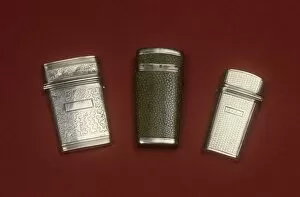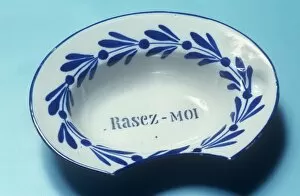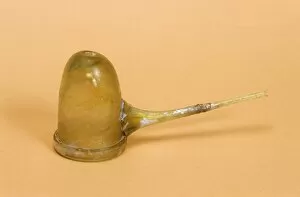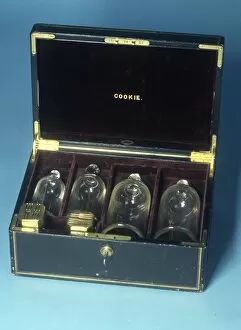Bloodletting Collection
"Exploring the Ancient Art of Bloodletting: From Zodiac Signs to Maya Art" Bloodletting, an ancient medical practice dating back centuries
For sale as Licensed Images
Choose your image, Select your licence and Download the media
"Exploring the Ancient Art of Bloodletting: From Zodiac Signs to Maya Art" Bloodletting, an ancient medical practice dating back centuries, has left its mark on history in various forms. One such artifact is "The Zodiac Man, " the oldest printed bloodletting chart known to mankind. This woodcut from Johannes de Ketham's Fasciculus Medicinae in 1493 showcases astrological signs associated with bloodletting and their corresponding body parts. Delving into Maya art, Yaxchilan lintel 15 captivates our attention. This masterpiece depicts a scene where bloodletting rituals were performed as part of religious ceremonies by Mayan rulers. The intricate carvings on limestone reveal the significance of this practice within their culture during the Late Classic period (600-900 AD). Moving forward in time, Hieronymous Galler's Pars Decima Americae published in 1619 sheds light on how indigenous people utilized specific remedies against diseases. An engraving titled "Quibus remediis contra morbos utantur Indiani" highlights native healing practices, including bloodletting techniques employed by Native Americans. Fast-forwarding to the early 19th century, Hannah Humphrey's hand-colored etching titled "Dr Sangrado curing John Bull of Repletion" portrays a satirical take on excessive bleeding as a cure-all remedy for ailments prevalent during that era. Intriguingly captured through Delpech's color lithograph in 1827, leeches emerge as key players in bloodletting procedures. These tiny creatures were used extensively for therapeutic purposes due to their ability to extract excess blood from patients' bodies. Further exploring artistic representations related to this practice, we encounter "Bleeding the Beauty. " A colored engraving showcasing an elegant lady undergoing bloodletting emphasizes society's belief that even beauty could be enhanced through this procedure.

